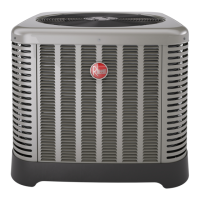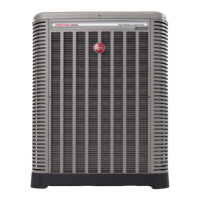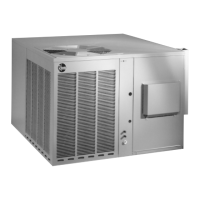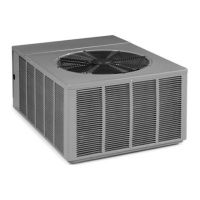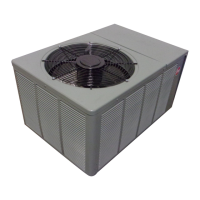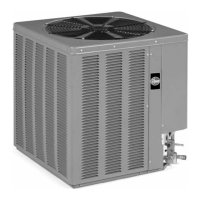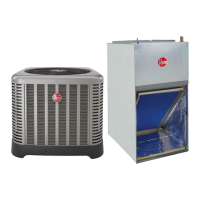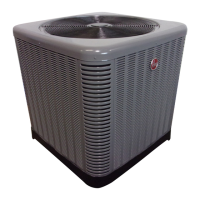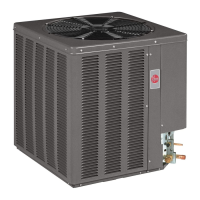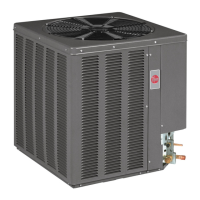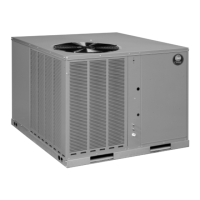AIR COOLED
CONDENSING UNITS
92-104921-09-07 (5/16)
Printed in USA
[ ] indicates metric conversions.
Do not destroy this manual.
Please read carefully
and keep in a safe place
for future reference by a
serviceman.
WARNING
THESE INSTRUCTIONS
ARE INTENDED AS AN AID
TO QUALIFIED, LICENSED
SERVICE PERSONNEL FOR
PROPER INSTALLATION,
ADJUSTMENT, AND
OPERATION OF THIS
UNIT. READ THESE
INSTRUCTIONS
THOROUGHLY
BEFORE ATTEMPTING
INSTALLATION OR
OPERATION. FAILURE
TO FOLLOW THESE
INSTRUCTIONS MAY
RESULT IN IMPROPER
INSTALLATION,
ADJUSTMENT, SERVICE,
OR MAINTENANCE
POSSIBLY RESULTING IN
FIRE, ELECTRICAL SHOCK,
PROPERTY DAMAGE,
PERSONAL INJURY, OR
DEATH.
INSTALLATION INSTRUCTIONS
(-)A13, (-)A14 & (-)A16 MODEL SERIES –
13, 14 & 16 SEER
WARNING:
RECOGNIZE THIS SYMBOL
AS AN INDICATION OF
IMPORTANT SAFETY
INFORMATION
FEATURING INDUSTRY STANDARD
R-410A REFRIGERANT
earth friendly refrigerant
NOTE: Actual unit appearance
may vary.
